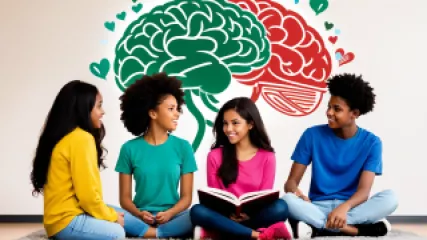Life Lessons on Coping with Uncertainty from a Book or Movie
1 year ago
Dealing with Uncertainty
How to Support Adolescents Facing Challenges
1 year ago
Adolescent Challenges
Mastering the Art of Gift Giving for Mental Balance
1 year ago
Psychology of Gift Giving
Maintaining Mental Health as a Digital Nomad
1 year ago
Digital Nomad Psychology
Understanding Adoptive Family Dynamics: A Step-by-Step Guide
1 year ago
Adoptive Family Dynamics
Top 10 Strategies for Mental Resilience Training to Prevent Burnout
1 year ago
Preventing Burnout
Expert Tips for Boosting Memory: An Exclusive Interview
1 year ago
Improving Memory Techniques
Exploring Mental Health Literacy Through Popular Films
1 year ago
Mental Health Literacy
The Ultimate Guide to Mindful Eating for Self-Care
1 year ago
Mindful Eating
The Ultimate Guide to Exploring Existential Questions
1 year ago
Existential Questions
Choosing the Right Colors for Your Home: A Step-by-Step Guide
1 year ago
Psychology of Color in Interiors
Top 10 Heartbreak Therapy Sessions to Help You Cope with the End of a Relationship
1 year ago
Coping with End of Relationship
Effective Strategies for Managing Family Conflict in Relationships
1 year ago
Navigating Family Conflict
Exploring Teen Mental Health Support Through Popular Films
1 year ago
Mental Health in Adolescents
Breaking Free: My Journey to Overcome Creative Blocks
1 year ago
Overcoming Creative Blocks














